











| Elective Courses Elective courses can be taken in any sequence and without prerequisites. |
|
Cruising and Cruise
Planning There is something very special about the thrill of cruising in new waters and the sense of accomplishment upon completing an extended cruise. To go beyond what most boaters do on a weekend overnight or even a week or so marina hopping requires boaters to leave their normal cruising areas and comfort zones. The Cruising and Cruise Planning course focuses on the planning and preparation necessary for safe enjoyable extended cruises on both inland and coastal waters. Designed for members who cruise on either a sail or powerboat (owned or chartered)—this course covers the following topics:
The Cruising and Cruise Planning Course can be comfortably taught in eight two-hour sessions including time for review and the multiple choice closed book exam, but each instructor will determine the pace of the course. |
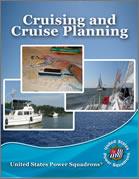 |
Engine
Maintenance The new Engine Maintenance course 2011 has been put into one ten chapter course that stresses the diagnosis of modern systems, while also teaching the basics of engine layout and operation. Gasoline inboards, outboards, and diesel engines are taught in a way that reinforces the common aspects of how engines work. This new course is complete in one book with one exam. Modern engines offer high reliability and good performance through the use of computerized systems for fuel delivery and engine timing. Most of these systems are “black boxes” that can no longer be serviced by weekend mechanics with ordinary tools. The EM course covers those repairs that do-it-yourselfers can still perform, teaches how to diagnose problems that might be beyond your ability to fix, and how to share information with your mechanic so the right repairs get performed. The new Engine Maintenance course also covers basic mechanical systems such as drive systems (propellers), steering systems, and engine controls. The last chapter discusses solutions you might use to problems that could occur while afloat and away from a repair facility. Gasoline, diesel, and outboard engines are treated independently in this chapter. |
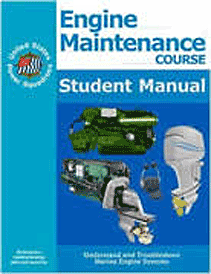 |
|
The Marine Electrical Systems course is presented in seven chapters that start with an explanation of what electricity is, followed by discussions on boat electrical wiring, DC and AC electrical systems, galvanic and stray current corrosion, lightning protection, and ends with troubleshooting of boat electrical problems. The course includes detailed instructions on how to use a multimeter, how to solder and crimp electrical wiring circuits, and how to read electrical wiring diagrams. This course can be used as a reference guide for anyone interested in properly maintaining their boat electrical system. This course is presented in nine two-hour sessions. Session 1 - Introduction, Chapter 1: Properties of Electricity Session 2 - Chapter 2: Boat Electrical Wiring Practices Session 3 - Chapter 3: Direct Current Power Session 4 - Chapter 4: Alternating Current Power Session 5 - Chapter 5: Galvanic and Stray Current Corrosion Session 6 - Chapter 6: Lightning Protection Session 7 - Chapter 7: Troubleshooting Part 1; on-the-boat optional Session 8 - Chapter 7: Troubleshooting Part 2 Session 9 - Review and Examination |
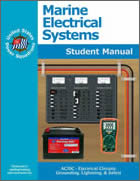 |
|
Marine Communication Systems is an in-depth, nine chapter review of those systems available to the recreational boater, or to those with whom he/she shares the water. Radio history and spectrum definitions are presented along with definitions of radio circuits that the student should learn, to choose the best communications method for his/her situation. One chapter is devoted to the Global Maritime Distress and Safety System (GMDSS) and another to FCC Rules and regulations to set the stage for instruction of radiotelephone operating procedures (both voice and digital messaging are covered). The remaining chapters cover High Seas radio (MF/HF and satellite communications) and other systems such as Family Radio Service transceivers. There is also a chapter on troubleshooting of radio installations. This course is presented in seven two-hour sessions. Session 1 - Introduction, Chapter 1: Radio History and Communications, Chapter 2: The Radio Frequency Spectrum, Chapter 3: VHF Communications |
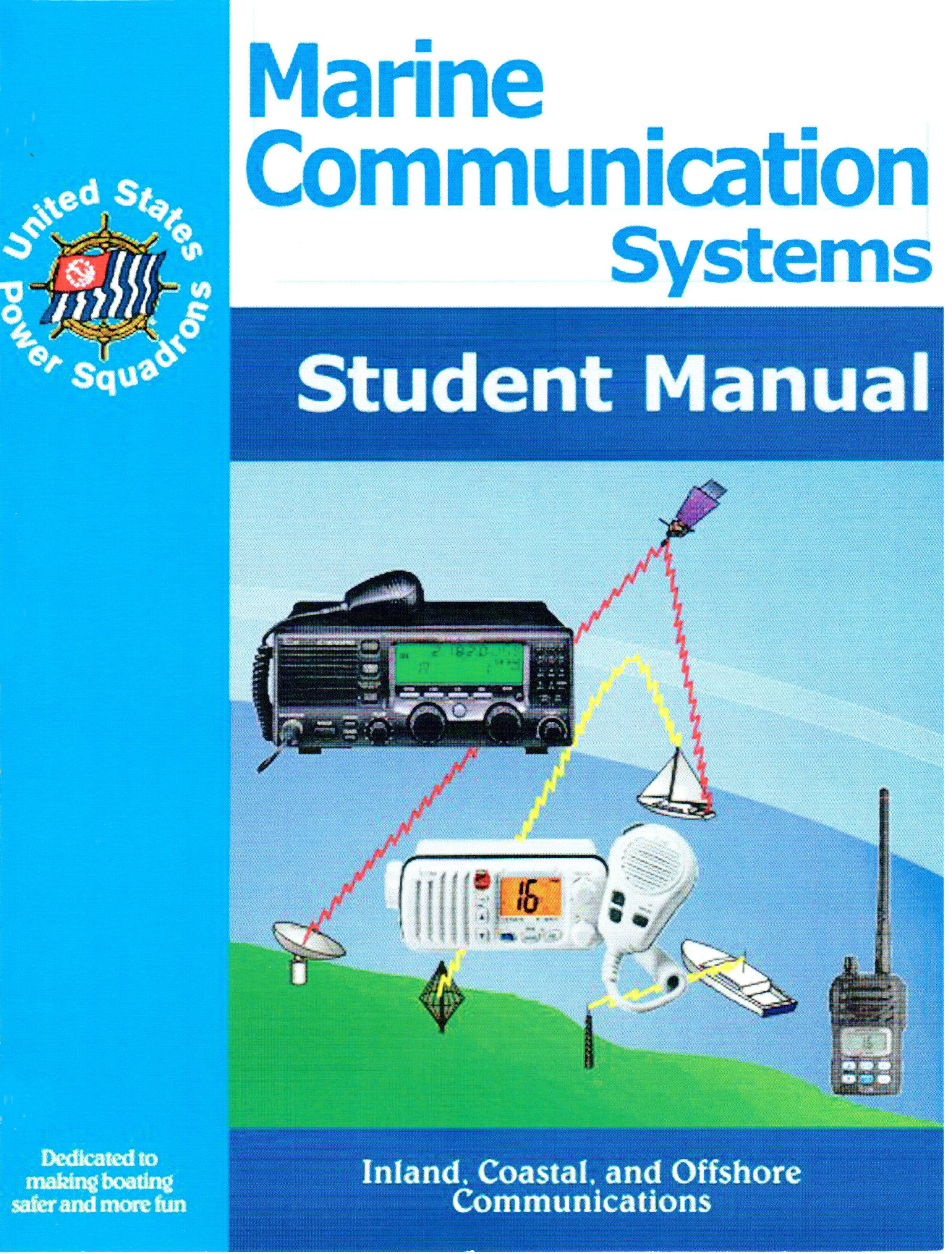 |
|
Electronic Navigation introduces GPS technology from the most basic receiver to chart plotter systems for navigation on board. The process of navigating by establishing waypoints and routes, and then running the planned courses, is demonstrated. Further, electronic charting software for the desktop computer is examined, with creation of waypoints and routes on the desktop and subsequent download to the on-board unit. Despite differences among the various manufacturers' offerings, a thorough discussion of the features being made available is included. Special attention is paid to apps for tablets and smartphones that provide the electronic navigation function at the helm, for relatively little cost. Students should be familiar with basic charting concepts such as latitude, longitude, the compass, course plotting, and time/distance calculation, to get the most out of the course. The student materials include a soft-bound course text and a Windows-compatible CD for electronic content. The course menu provides all the class presentation PowerPoints, an interactive homework tool, and hands-on exercises on the PC that simulate GPS functions. We now recommend OpenCPN as the laptop/desktop chartplotter software along with free charts downloadable from NOAA. We no longer support the chartplotter emulator included on the CD. This course omits Radar and Depth Sonar technologies, however Appendix 8 of the course text on Automatic Identification System (AIS) is presented and made part of the examinable material for USPS course credit. |
 |
|
Welcome to Radar for Boaters. Developed by Canadian Power and Sail Squadrons, this course is up to date for radar technologies available now and into the near future. The course covers the different types of radar equipment, their capabilities and limitations, as well as their features and how they apply to students’ needs. It covers what you need to know about radar, from how and where to mount the antenna to how to interpret the displays, so you can use your radar for collision avoidance and for navigational purposes. Students attending this course should have completed America’s Boating Course (or another NASBLA-approved boating safety course), preferably have completed Marine Navigation and Advanced Marine Navigation (currently Piloting and Advanced Piloting), and have boating experience. Radar for Boaters is a required course for BOC-Offshore Navigation certification. |
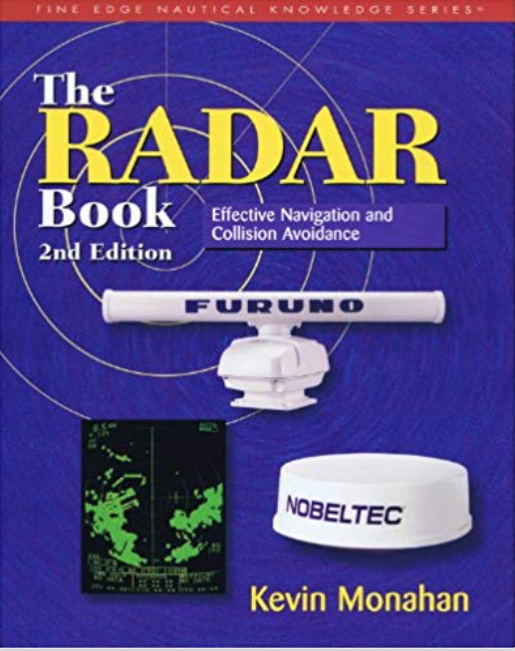 |
|
The 2021 edition of the Weather Course offers expanded and updated weather forecasting information in the new Chapter 8, Professional Forecasting. The section covers the dramatic technological advances that have profoundly changed the ways weather forecasts are produced and disseminated including the pervasive use of weather apps. The updated course covers the different types of forecasts, when to use them, and how to get and how to interpret them, as well as the fundamental atmospheric dynamics underlying the weather events being forecast. The new course materials are available in either a hybrid student kit that includes a combination of hardcopy and digital items or a digital student kit with a single digital student manual. |
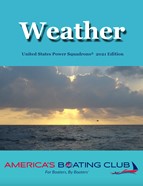 |
Sail Sail 2009 is a completely new sail course created to serve the needs of the novice and experienced sailor, as well as the non-sailor, for basic skills and knowledge. The course starts with basic sailboat designs and nomenclature, rigging, safety, and sail processes and then tackles the physical aspects of sailing forces and techniques, sail applications, marlinespike, helmsmanship and handling of more difficult sailing conditions, navigation rules, and an introduction to heavy weather sailing. Appendices provide an introduction to sailboat racing and sailing in Canadian waters. This new Sail course is a single volume Student and Instructor Manual (IM) developed in cooperation with the Canadian Sail & Power Squadron. |
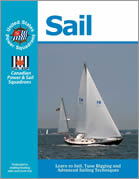 |
Instructor
Development Unlike other USPS courses, the Instructor Development course is not designed to enhance boating skills. Rather, its emphasis is on enhancing presentation techniques and instructor skills. The course has been designed to demonstrate interactive teaching methods focused on adult learning. Students are required to prepare lesson plans and give three presentations to their peers utilizing a variety of teaching aids and presentation skills. The instructor may assign a topic for these presentations or you may use material and PowerPoint slides from existing USPS courses, and they may build on one another Please let us know what classes you are interested in so we may schedule them. |
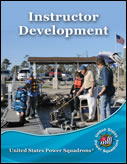 |
Advanced
Grades
Electives
Seminars
Learning Guides
Educational Calendar
Course Calendar
